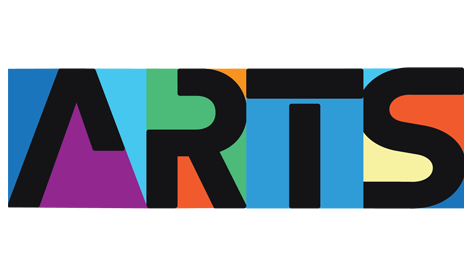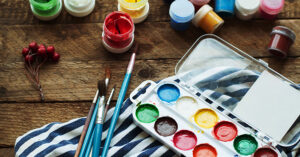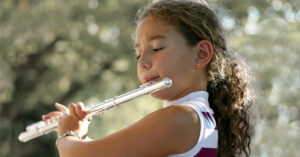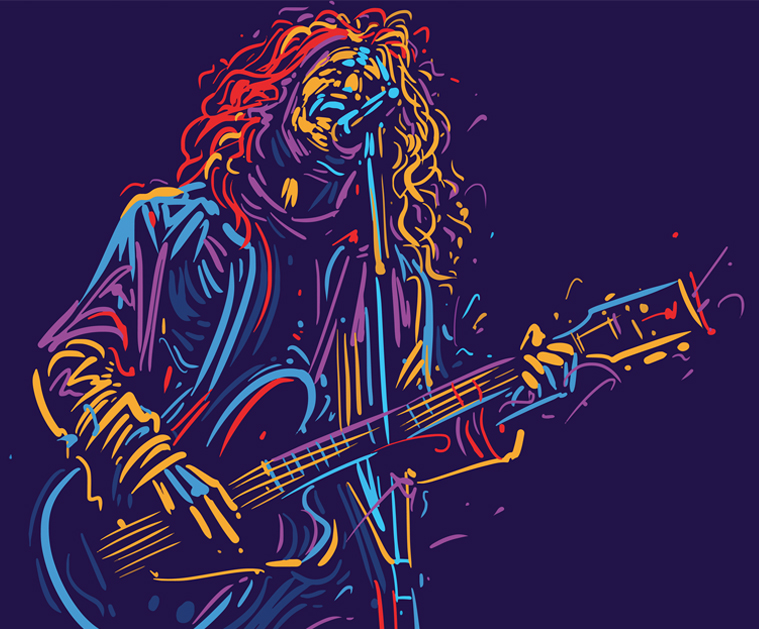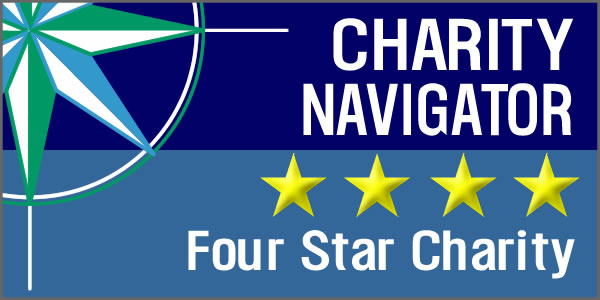Watercolor painting is one of the most rewarding and accessible art forms for new artists. Its fluid nature and vibrant pigments allow you to explore creativity in ways that are expressive and forgiving. If you’re curious about watercolor painting for beginners, this guide will help you understand what to expect and how to start with confidence.
Why Watercolor Is a Great Medium for Beginners
Accessible and Affordable
One of watercolor’s biggest advantages is its simplicity. You don’t need an elaborate setup or expensive equipment. A basic kit of paints, brushes, and paper can take you a long way—and cleanup is as easy as rinsing your brushes in water.
Expressive and Forgiving
Watercolors are known for their luminous, transparent effects. The ability to layer and blend colors on paper makes it an ideal medium for experimentation. And if you make a mistake? That “mistake” might just become your favorite part of the painting.
Must-Have Supplies to Start Watercolor Painting
Paints
Start with a student-grade watercolor set. Tubes offer more pigment, but pans are compact and easy to use. Choose a palette with primary colors to allow for easy mixing.
Brushes
A good round brush in sizes 6 and 10 will handle most beginner needs. You can opt for synthetic brushes for affordability or natural hair brushes for smoother paint flow.
Paper
Invest in proper watercolor paper—cold-press (also called NOT paper) at 140 lb is the minimum. Standard paper buckles and can’t hold water properly, making it hard to learn.
Other Essentials
You’ll also need:
- A mixing palette
- A jar of clean water (or two—one for rinsing, one for clean water)
- Paper towel or sponge
- Pencil and kneaded eraser for sketching your composition
Basic Techniques Every Beginner Should Try
Wet-on-Wet
Apply water to the paper before adding paint. This creates soft, blended shapes—perfect for skies and abstract washes.
Wet-on-Dry
This technique involves painting directly onto dry paper for sharper, more controlled edges. Use this when adding detail or contrast.
Lifting
Dab with a damp brush or paper towel to lift pigment from the paper. It’s a great way to add highlights or correct mistakes.
Dry Brush
With very little water on your brush, you can create scratchy, textured lines ideal for tree bark, grass, or expressive detail.
Common Mistakes Beginners Make—and How to Avoid Them
- Too much water: Use just enough to activate the paint, not soak the paper.
- Overworking areas: Repeated brushing can damage paper and dull colors.
- Skipping the sketch: Planning ahead helps with layout and proportion.
- Not testing colors: Always try your mixes on a scrap piece before committing.
How to Build Confidence as a New Watercolor Artist
Practice in Small Sessions
Even 15 minutes a day can significantly improve your skill and comfort level. Consistent practice matters more than long sessions.
Follow Simple Prompts
Start with easy subjects like leaves, flowers, or geometric patterns to build confidence and get used to your tools.
Join a Class or Community
Learning from others helps you grow faster and avoid frustration. A guided environment also builds accountability and structure.
Why Take a Watercolor Class at East End Arts Council
East End Arts Council’s new watercolor class with artist Chris Ghiraldi is designed for beginners who want a supportive environment to grow. With small class sizes, hands-on instruction, and a community of fellow creatives, you’ll leave with new skills and new friends.
Whether you’ve never picked up a brush or you’re rekindling an old passion, this class is a perfect way to deepen your artistic journey. Explore the class and sign up here.
